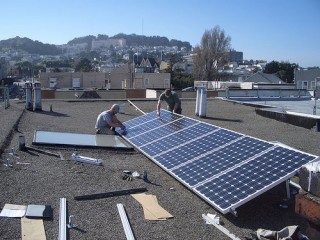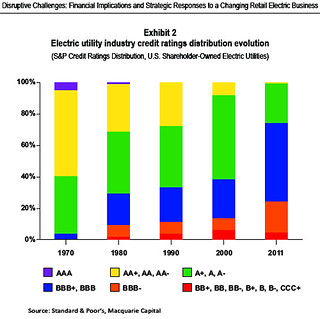 Two years before
BP’s Deepwater Horizon oil rig poisoned the Gulf of Mexico
(Saturday was the third anniversary),
apparently BP had a very similar disaster in the Caspian Sea
and covered it up.
Is this a company or this the
13 spills in 30 days
industry we want piping tar sands crude across
America to the Gulf
for all of 35 permanent jobs and CO2 emissions like 51 coal plants?
There’s a cleaner, cheaper, and more energy-independent way:
solar
and
wind power can power the U.S. and the world.
Two years before
BP’s Deepwater Horizon oil rig poisoned the Gulf of Mexico
(Saturday was the third anniversary),
apparently BP had a very similar disaster in the Caspian Sea
and covered it up.
Is this a company or this the
13 spills in 30 days
industry we want piping tar sands crude across
America to the Gulf
for all of 35 permanent jobs and CO2 emissions like 51 coal plants?
There’s a cleaner, cheaper, and more energy-independent way:
solar
and
wind power can power the U.S. and the world.
Greg Palast wrote for EcoWatch 19 April 2013,
BP Covered Up Blow-out Two Years Prior to Deadly Deepwater Horizon Spill,
Two years before the Deepwater Horizon blow-out in the Gulf of
Mexico, another BP off-shore rig suffered a nearly identical
blow-out, but BP concealed the first one from the U.S. regulators
and Congress.
This week, EcoWatch.org located an eyewitness with devastating new
information about the Caspian Sea oil-rig blow-out which BP had
concealed from government and the industry.
The witness, whose story is backed up by rig workers who were
evacuated from BP’s Caspian platform, said that had BP revealed the
full story as required by industry practice, the eleven Gulf of
Mexico workers “could have had a chance” of survival.
But BP’s insistence on using methods proven faulty sealed their
fate.
One cause of the blow-outs was the same in both cases: the use of a
money-saving technique—plugging holes with
“quick-dry” cement.
By hiding the disastrous failure of its penny-pinching cement
process in 2008, BP was able to continue to use the dangerous
methods in the Gulf of Mexico—causing the worst oil spill in
U.S. history. April 20 marks the second anniversary of the Gulf oil
disaster.
There’s more in
the article, such as this:
Continue reading →
 Interesting stuff (audit and internal controls,
many meetings,
2 megawatts of solar power,
searching for and
finances of a new office
from
a mysterious seller)
in the items missing from the posted agenda yet presented anyway,
while two staff were elsewhere.
Interesting stuff (audit and internal controls,
many meetings,
2 megawatts of solar power,
searching for and
finances of a new office
from
a mysterious seller)
in the items missing from the posted agenda yet presented anyway,
while two staff were elsewhere.











